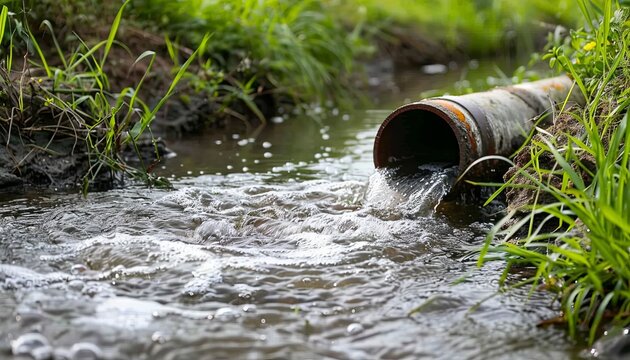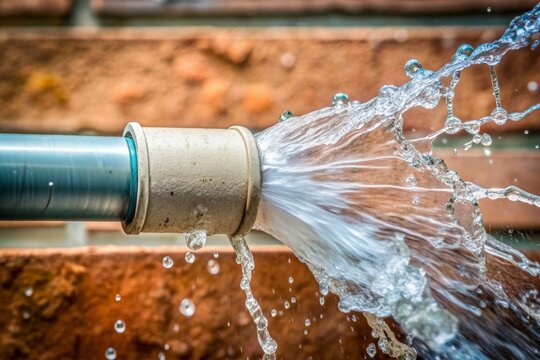Protecting Against Burst Pipes: Crucial Tips to Shield Your Plumbing
Preventing burst pipelines is an essential issue for property owners, particularly throughout cooler months when the threat of cold is heightened. Implementing critical steps such as proper insulation, routine assessments, and keeping regular interior temperature levels can significantly lower the possibility of pipeline failure. Furthermore, recognizing emergency treatments gears up home owners to respond quickly to possible pipes issues. Lots of are not aware of the details susceptabilities that their pipes might encounter. Exploring these susceptabilities can give important understandings into protecting your pipes system efficiently.
Understand Pipe Vulnerabilities
Recognizing pipe vulnerabilities is important for reliable pipes upkeep and protecting against expensive damages. Several aspects add to the sensitivity of pipelines to bursts, including material composition, age, and environmental conditions. Older pipes, specifically those made from galvanized steel or polybutylene, typically degrade in time, resulting in boosted threat of tears and leaks.
Temperature level fluctuations can additionally dramatically impact pipe stability. In colder climates, water trapped in pipes can ice up, putting in and expanding stress on the pipe wall surfaces, which may inevitably lead to a burst. High water stress can stress pipes, particularly at joints and bends, heightening the possibility of failing.

Insulate Water Lines Effectively
Proper insulation of pipes is crucial for avoiding freezing and subsequent ruptureds during winter (burst pipe). Shielding your pipes system efficiently safeguards versus temperature level goes down that can lead to costly damage. Begin by identifying vulnerable areas where pipes are exposed to outdoor temperature levels, such as cellars, attic rooms, and outside wall surfaces
Usage foam pipeline insulation sleeves or wrap insulation tape around these areas to give a protective barrier. Make certain that all areas of the pipelines, particularly those with limited warmth direct exposure, obtain sufficient insulation. Pay special focus to installations and joints, as these are a lot more prone to freezing.
When insulating, it's vital to select materials that fulfill neighborhood building regulations and are proper for the specific environment. For circumstances, fiberglass insulation is commonly recommended for its thermal resistance residential properties - burst pipe. In addition, think about using warmth cords or tape in extreme conditions, which can be plugged in to give extra heat
Routinely check protected pipes for any type of signs of wear or damage, as jeopardized insulation can diminish its efficiency. By taking these proactive steps, you considerably lower the danger of pipeline ruptureds, guaranteeing a reputable plumbing system throughout the cold weather.
Maintain Consistent Temperature
A secure interior temperature is essential for preventing burst pipes during the icy months. When temperatures decrease, water within pipelines can ice up, developing and increasing stress that may ultimately trigger the pipelines to ruptured. To minimize this threat, homeowners must keep a consistent temperature throughout their home, ideally no less than 55 ° F(13 ° C)Making use of a programmable thermostat can aid take care of interior temperatures efficiently, making sure that areas with pipes stay warm also Recommended Site when the residence is vacant. Pay special interest to locations that are a lot more prone to cool, such as cellars, garages, and attic rooms. Keeping cabinet doors open under sinks can also permit warmer air from the home to flow around plumbing.
This small circulation of water can stop cold by easing stress within the pipes. By carrying out these methods, house owners can substantially lower the danger of pipeline bursts and secure their pipes systems against the rough winter season components.
On A Regular Basis Examine Plumbing
Normal examinations of pipes systems are vital for avoiding ruptured pipelines and preserving overall home stability. During these evaluations, it is essential to analyze visible pipelines for indications of rust, leakages, or use.
In addition, examining joints and connections is essential, as these factors are frequently prone to leakages. House owners should also analyze water pressure degrees, as extreme stress can stress the pipes system and raise the danger of pipe bursts.
Consider organizing specialist pipes assessments at the very least as soon as a year, specifically prior to winter, to ensure your system is gotten ready for colder temperatures. Normal assessments not just aid in recognizing instant concerns however also foster lasting upkeep techniques that can boost the life-span of your plumbing system. By being positive in your approach, you can safeguard your home versus the turbulent and pricey consequences of ruptured pipes. Focusing on plumbing examinations is an investment in your home's wellness and safety and security.
Know Emergency Procedures
Recognizing emergency treatments is important for every property owner, especially after conducting routine plumbing inspections. Being planned for a plumbing emergency situation can significantly minimize damage and save costs. Find your major water shut-off shutoff; it is commonly located near the water meter or where the primary line enters about his your home. Acquaint on your own with its procedure, as shutting down the supply of water promptly can stop considerable flooding.
Following, maintain crucial devices useful. A pipes emergency situation set should include a wrench, bettor, and towels, as well as a flashlight and a bucket for tiny leaks. Furthermore, take into consideration having the contact details for a relied on plumber easily offered, must the circumstance intensify beyond your control.
If you find a leak or burst pipe, instantly switch off the water and notify your plumber. Document the damage with photographs for insurance policy objectives. Recognize the indicators of potential pipes concerns, such as uncommon water pressure variations or damp places on walls
Ultimately, aggressive understanding and swift activity are critical in handling pipes emergencies, guaranteeing your home continues to be secured and minimizing possible damages.

Verdict
Finally, preventing burst pipelines necessitates a multifaceted strategy that includes understanding pipeline susceptabilities, correct insulation, find here keeping consistent interior temperatures, routine inspections, and expertise of emergency procedures. By applying these important methods, the danger of plumbing failures can be dramatically lowered, therefore guaranteeing the long life and effectiveness of the plumbing system. Positive steps not just secure versus prospective damages however additionally add to total water conservation and the defense of residential property.
In chillier environments, water trapped in pipelines can ice up, putting in and increasing pressure on the pipeline walls, which might ultimately lead to a ruptured. When temperature levels decrease, water within pipelines can ice up, broadening and developing stress that might eventually create the pipelines to burst. By implementing these strategies, homeowners can considerably minimize the danger of pipeline bursts and guard their pipes systems against the extreme winter aspects.
